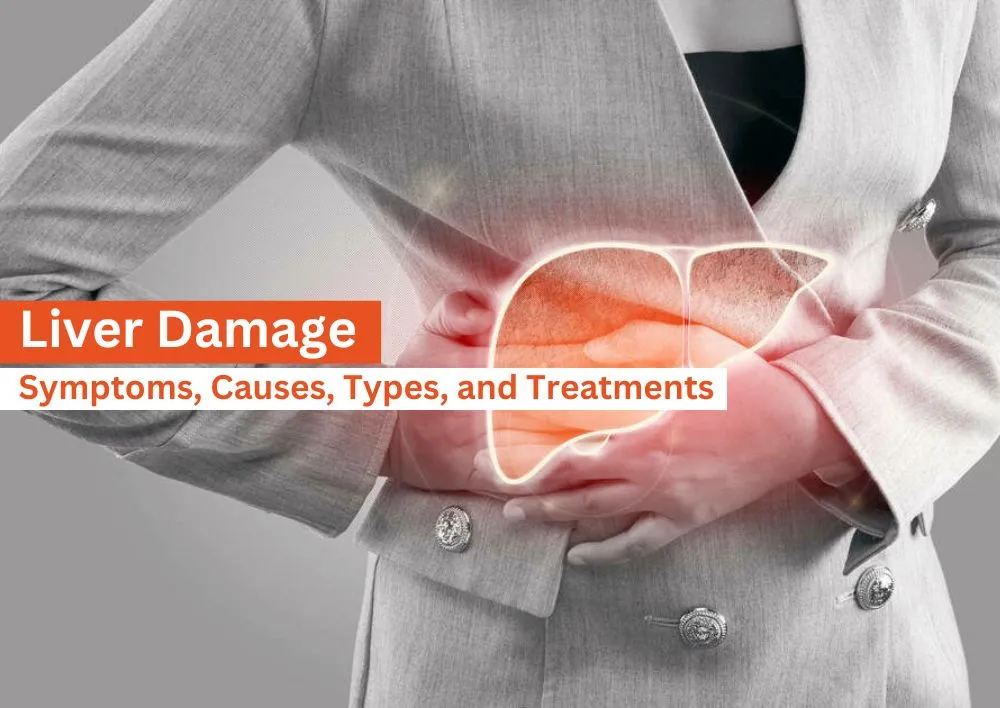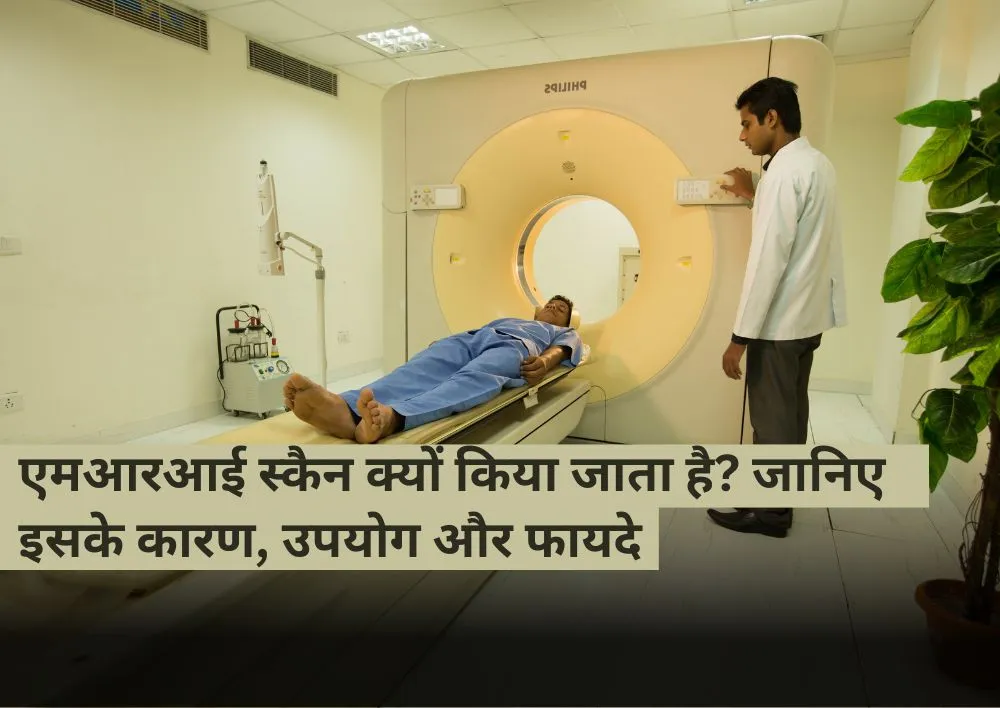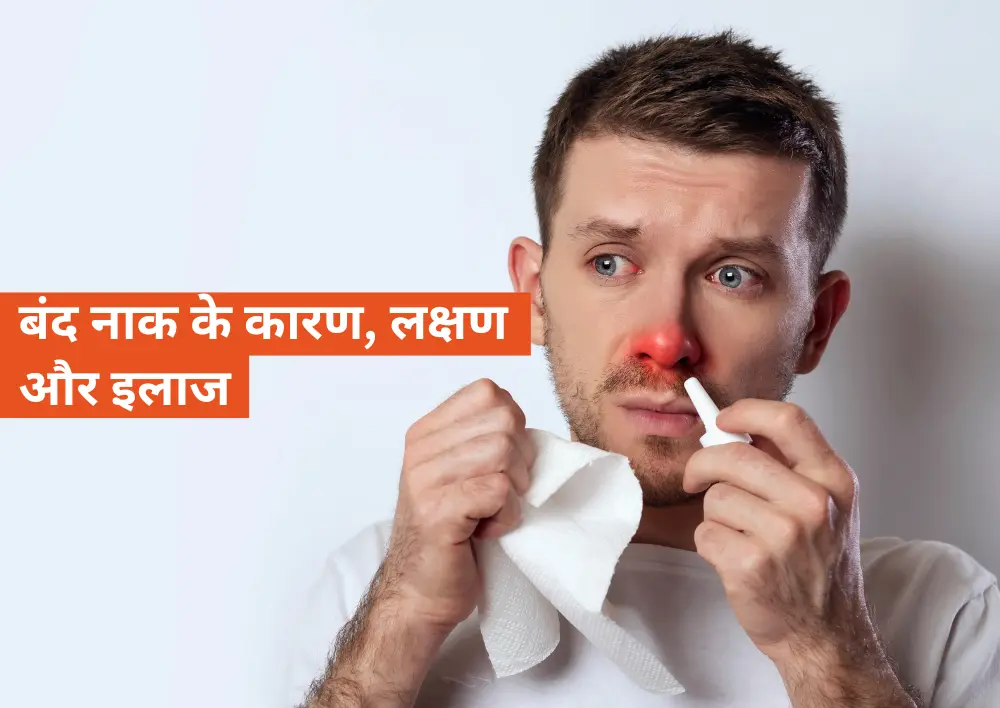6 Most Common Physiotherapy Treatments
Sumary: Physiotherapy plays a key role in recovery, whether you are healing from an injury or managing daily discomfort. This guide breaks down the six most common physiotherapy treatments that help improve mobility, reduce pain, and restore strength. From traditional hands-on techniques to modern therapies like dry needling and cupping, each method offers unique benefits.
Overview
Physiotherapy is not just about fixing pain, it is about helping people move better, feel stronger, and live healthier. Whether you are healing after an injury, managing chronic pain, or recovering post-surgery, physiotherapy offers safe and effective solutions. But do you know what kinds of treatments physiotherapists use to treat patients? In this post, the leading physiotherapist in Gurgaon at Miracles Mediclinic explains the six most commonly used physiotherapy treatments, how they work, and when they’re most beneficial. Learn how these treatments can support your journey toward better mobility, strength, and overall well-being.
Top 6 Most Common Physiotherapy Treatments
Physiotherapy includes a wide range of techniques tailored to each patient’s unique needs. From relieving pain to improving flexibility, these treatments focus on restoring function and preventing further injury. Here are the six most common physiotherapy treatments used by experts today:
1. Manual Therapy
Manual therapy is the most traditional and widely used technique. It is a hands-on approach where the physiotherapist uses their hands to move your joints and soft tissues.
What it does:
-
Relieves joint and muscle stiffness.
-
Improves circulation.
-
Enhances range of motion.
-
Reduces swelling and pain.
When it is used:
-
Back and neck pain.
-
Frozen shoulder.
-
Joint immobility.
-
Muscle spasms.
Manual therapy lays the foundation for faster recovery. It relaxes your muscles and gets your body ready for other treatments.
2. Exercise Therapy
Physiotherapy exercises are all about targeted movement. Your physiotherapist creates a personalized plan with specific exercises to help you regain strength and mobility.
What it does:
-
Builds muscle strength
-
Improves flexibility
-
Corrects posture
-
Prevents future injuries
When it is used:
-
Knee pain and arthritis
-
Post-fracture recovery
-
After ligament surgeries
-
Slipped disc or sciatica
3. Electrotherapy
Electrotherapy uses small electrical currents to stimulate muscles and nerves. It isainless and widely used for both acute and chronic pain.
Common types:
-
TENS (Transcutaneous Electrical Nerve Stimulation)
-
Ultrasound therapy
-
Interferential therapy (IFT)
What it does:
-
Reduces inflammation
-
Improves blood circulation
-
Relieves pain instantly
-
Speeds up muscle repair
When it is used:
-
Lower back pain
-
Post-surgical pain
-
Sports injuries
-
Neurological disorders
Electrotherapy is specifically helpful for those who want pain relief without relying on medications.
4. Dry Needling
If you have been dealing with stubborn muscle tightness, dry needling might be the answer. It involves inserting thin needles into trigger points (knots) to relieve tension and pain.
What it does:
-
Release tight muscles
-
Improves range of motion
-
Relieves nerve pressure
-
Enhances blood flow
When it is used:
-
Neck pain
-
Tennis elbow
-
Hamstring tightness
-
Trigger point-related pain
It is usually confused with acupuncture. While both use needles, dry needling is based on modern musculoskeletal science and focuses on pain relief and function restoration.
5. Cupping Therapy
Cupping therapy is an age-old technique that has made its way into modern physiotherapy for its incredible pain-relief and muscle-relaxing benefits. It involves placing special cups on the skin to create suction, which lifts the tissues and improves blood flow.
Benefits:
-
Reduces deep muscle tension
-
Promotes detoxification
-
Improves mobility
-
Accelerates muscle recovery
Commonly used for:
-
Back and shoulder pain
-
Muscle stiffness
-
Sports injuries
-
Poor blood circulation
Cupping is especially effective for patients who have tight, overworked muscles. It leaves temporary marks but delivers long-term relief.
6. Taping Techniques
Physiotherapy taping offers support to your muscles and joints without restricting movement. It is commonly used in sports rehab, but it works well for anyone needing extra support during recovery.
What it does:
-
Reduces swelling
-
Supports injured muscles
-
Prevents re-injury
-
Promotes proper movement
When it is used:
-
Ankle sprains
-
Shoulder instability
-
Knee tracking issues
-
After ligament injuries
Types of taping include Kinesio taping and rigid taping, depending on your condition. It is safe, effective, and often combined with exercise or manual therapy for best results.
When to Visit a Physiotherapist?
You do not have to wait for severe pain or major injuries. Visit a physiotherapist if:
-
You have musculoskeletal pain that does not go away after a few days.
-
You feel stiffness or weakness in a joint or muscle.
-
You have recently had surgery.
-
You are not able to move like before.
-
You have had a sports injury.
-
You sit for long hours and feel tightness in your back or neck.
Conclusion:
Physiotherapy is a powerful, natural way to regain strength, reduce pain, and restore mobility without surgery or long-term medication. Whether you are recovering from an injury, managing a chronic condition, or just want to move and feel better, these physiotherapy treatments can make a world of difference in your recovery journey. Ready to feel better and move pain-free? Book your physiotherapy session with the best physio near you at Miracles Healthcare. Our team of experienced physiotherapists uses the latest techniques and personalized care plans to ensure your recovery is fast, safe, and effective.
Frequently Asked Questions
Physiotherapy is a treatment method that helps restore movement and function through exercises, manual therapy, and techniques like electrotherapy.
Physiotherapy costs near you vary depending on the type of therapy, no. of the sessions, location of the clinic, and facilities available. To know the exact cost, please visit the best physiotherapy center near you.
The three main types are musculoskeletal, neurological, and cardiopulmonary physiotherapy.
It helps relieve pain, improves mobility, strengthens muscles, and speeds up recovery without surgery.
The best type of physiotherapy treatment depends on your condition.
-
Pain management
-
Mobility restoration
-
Injury prevention
-
Post-surgery rehab
-
Chronic condition management
-
Improving strength and flexibility
-
Enhancing the overall quality of life













Was the information useful?
0 0